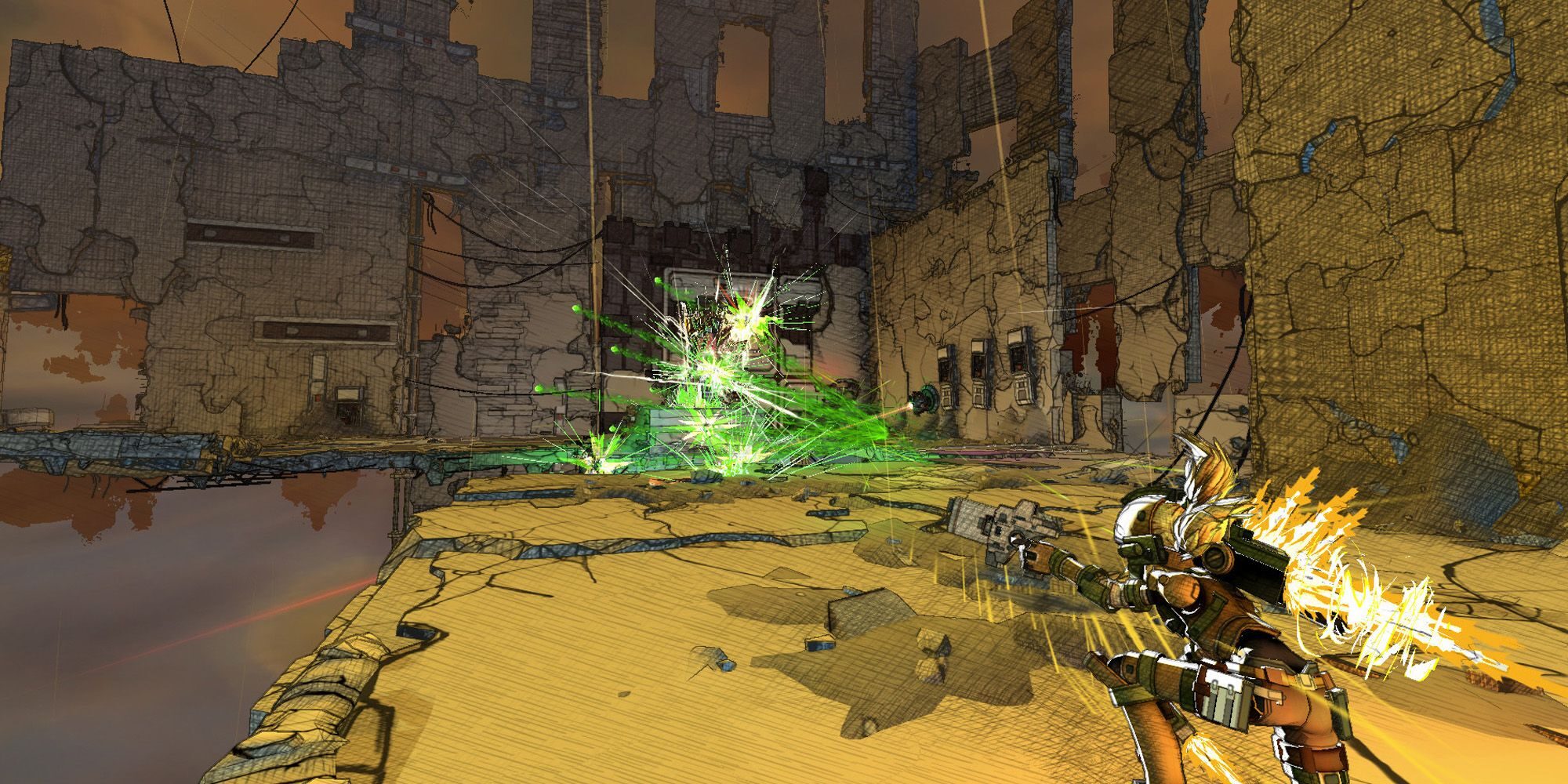Best Action Games with Incredible Parkour Mechanics
Action games with parkour mechanics have captivated gamers for years, offering a unique blend of fast-paced excitement and acrobatic fluidity. These games allow players to navigate environments with unprecedented freedom, executing complex maneuvers with ease and style. From scaling towering buildings to performing breathtaking leaps across urban landscapes, the integration of parkour into gameplay adds a visceral, immersive layer to the action. In this article, we explore the best action games that masterfully incorporate parkour elements, examining what makes each of them stand out and why they continue to enthrall players around the world.
Top Action Games Featuring Stunning Parkour Mechanics
Mirror’s Edge Catalyst
Mirror’s Edge Catalyst is a first-person action-adventure game that puts players in the shoes of Faith, a skilled parkour runner in the futuristic city of Glass. The game’s core strength lies in its fluid movement and parkour mechanics, which allow players to navigate the urban landscape with ease and grace. Sliding under pipes, wall-running across buildings, and performing death-defying leaps are integral aspects of the gameplay. The open-world design also provides ample opportunities for exploration and mastering your parkour skills.
Dying Light
Dying Light blends first-person survival horror with dynamic parkour mechanics in a zombie-infested open world. Players assume the role of Kyle Crane, an undercover agent equipped with outstanding agility and combat skills. The day-night cycle adds an extra layer of challenge, as zombies become more aggressive and numerous after dark. The parkour system is robust, enabling players to climb buildings, leap between rooftops, and use the environment to their advantage against hordes of zombies. The game’s co-op mode enhances the experience, making parkour actions more collaborative and fun.
Assassin’s Creed Series
The Assassin’s Creed series is well-known for its historical settings and engaging narratives, but its parkour mechanics are what truly stand out. Whether you’re scaling the towering cathedrals of Paris in Assassin’s Creed Unity or navigating the dense jungles in Assassin’s Creed Origins, the free-running system is meticulously designed. The parkour mechanics allow players to climb nearly any structure, making exploration intuitive and visually stunning. Each installment of the series often refines and improves the parkour elements, keeping it fresh and exciting for long-time fans.
Ghostrunner
Ghostrunner is a fast-paced, first-person action game set in a dystopian world. The game features a cyborg ninja protagonist who excels in both combat and parkour. The mechanics allow for wall-running, grappling, and sliding, creating a seamless flow of movement. The one-hit death mechanic makes precision and quick reflexes essential, as even a single mistake can be fatal. The levels are designed to challenge your parkour skills, making every successful run feel highly rewarding.
Titanfall 2
Titanfall 2 is a first-person shooter that combines traditional gunplay with advanced parkour mechanics. Players have the ability to wall-run, slide, and double jump, thanks to their pilot suits. These abilities make the game’s combat dynamic and fast-paced. The parkour system also enhances the single-player campaign, giving players the freedom to tackle objectives from various angles. The multiplayer mode further leverages these mechanics, making each match a high-octane experience.
| Game | Main Character | Unique Parkour Feature |
|---|---|---|
| Mirror’s Edge Catalyst | Faith | Fluid Movement and Open-World Design |
| Dying Light | Kyle Crane | Day-Night Cycle and Co-op Mode |
| Assassin’s Creed Series | Various Assassins | Historical Settings with Free-Running System |
| Ghostrunner | Cyborg Ninja | One-Hit Death Mechanic and Precision Parkour |
| Titanfall 2 | Pilot | Wall-Running and Double Jumping |
FAQs
What are some of the best action games featuring incredible parkour mechanics?
Several action games stand out for their incredible parkour mechanics. Mirror’s Edge is often cited as a pioneer in the genre, providing a first-person experience that emphasizes fluid movement and stunning acrobatics. Dying Light combines parkour with survival horror, allowing players to traverse rooftops and escape zombies with agility and style. Assassin’s Creed series, particularly from Assassin’s Creed II onwards, has also been praised for its seamless parkour mechanics, enabling players to climb structures, leap across buildings, and navigate historic cities with ease. Additionally, Titanfall 2 introduces parkour in a futuristic setting, offering wall-running and double-jumping in a fast-paced, combat-heavy environment.
Why is parkour important in action games?
Parkour mechanics significantly enhance the immersion and dynamic nature of action games. They offer a sense of freedom and fluidity that traditional movement systems lack. Parkour enables players to explore environments in unique ways, solving puzzles, finding hidden paths, and escaping enemies with greater excitement and urgency. Moreover, it adds a layer of strategy and skill, as players must master timing and precision to navigate complex terrains. By integrating parkour, game developers can create more engaging and varied gameplay experiences, keeping players invested and continually challenged.
How do parkour mechanics impact the storytelling in action games?
Parkour mechanics can significantly impact storytelling by allowing for more organic and immersive world-building. Characters who perform parkour can access areas that would be otherwise unreachable, uncovering secrets and plot points that enhance the narrative. For instance, in Mirror’s Edge, the protagonist’s ability to navigate the city through parkour directly ties into her role as a runner and messenger, making the storytelling more cohesive and believable. Similarly, in Assassin’s Creed, the ability to scale historical landmarks helps players connect with the time period and setting, deepening their engagement with the story. Parkour mechanics often encourage exploration, enabling players to discover narratives at their own pace and in a more interactive manner.
What challenges do developers face when designing parkour mechanics?
Designing parkour mechanics presents several challenges for developers. One primary issue is ensuring fluid and responsive controls so that movements feel natural and intuitive. Poorly implemented mechanics can lead to frustration, as players may struggle with inconsistent or unresponsive actions. Furthermore, developers must carefully design environments to support parkour; this includes creating a variety of surfaces and obstacles that can be navigated seamlessly. Balancing realism with fun is another challenge; while parkour needs to be believable, it also has to be exaggerated enough to provide a thrilling experience. Lastly, integrating parkour into the game’s overall design and narrative without making it feel forced or disconnected requires careful planning and creativity.




























Post Comment